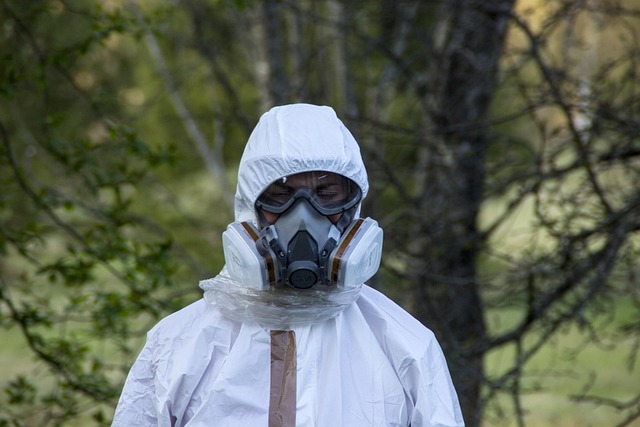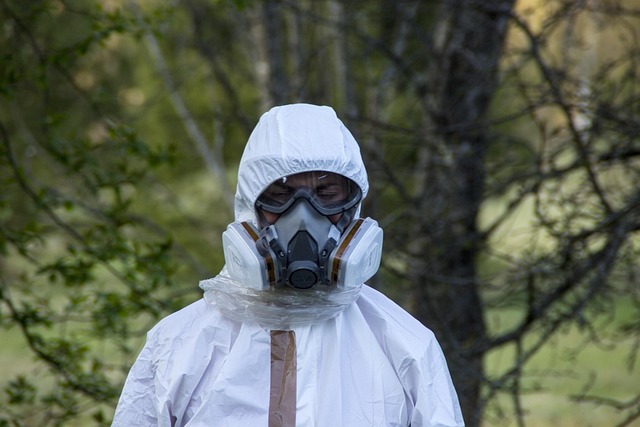Peoria's history with asbestos dates back to the 19th century, peaking in use during the mid-20th century. As awareness of its health risks grew, usage declined. Today, Peoria tackles asbestos legacy through public education and support for affected individuals. Older buildings may still contain asbestos-related materials (ACMs), posing risks to residents and construction workers. Asbestos exposure is linked to severe illnesses, emphasizing the need for awareness and legal implications, with individuals seeking compensation for related health issues.
Discovering the hidden dangers of asbestos in Peoria, Illinois, is a crucial step towards safeguarding public health. This insidious material, once widely used in construction and industry, still poses significant risks today. This article delves into the historical perspective of asbestos in Peoria, explores common sources of exposure, and examines the severe health consequences associated with it. Additionally, we discuss legal implications, empowering residents to understand their rights and take necessary precautions against Peoria asbestos.
- Asbestos in Peoria: Historical Perspective
- Common Sources of Asbestos Exposure
- Health Risks and Legal Implications
Asbestos in Peoria: Historical Perspective

Peoria, like many cities across the United States, has a historical relationship with asbestos that dates back to the late 19th century when the mineral’s industrial applications began to grow. During this period, Peoria’s economy boomed as it became a prominent manufacturing hub, attracting workers from various backgrounds. Asbestos, prized for its fire-resistant and insulative properties, was heavily used in construction, shipbuilding, and manufacturing processes within the city.
The use of asbestos in Peoria reached its peak in the mid-20th century when numerous local industries, including steel mills, power plants, and insulation manufacturers, relied heavily on this versatile material. However, as awareness about asbestos’ severe health risks grew in the late 1970s and early 1980s, its use began to decline sharply. Today, Peoria, like many other cities, grapples with the legacy of past asbestos exposure, focusing on public education, remediation efforts, and support for individuals affected by asbestos-related diseases.
Common Sources of Asbestos Exposure

In Peoria, as in many places, asbestos was once widely used due to its insulation properties and durability. Common sources of asbestos exposure include older buildings that were constructed or renovated with asbestos-containing materials (ACMs). These can be found in various settings such as schools, industrial sites, residential homes, and public spaces.
Many Peoria residents may have been exposed to asbestos without realizing it. Historical uses included insulation in walls, roofs, and floors, as well as in automotive parts and certain types of flooring. Even though its use has significantly declined, some older materials remain present, posing risks to those involved in construction, renovation, or maintenance activities. It’s crucial for Peoria residents, especially those living in older homes, to be aware of potential asbestos hazards and take necessary precautions when dealing with suspected ACM.
Health Risks and Legal Implications

In Peoria, as in many places, asbestos exposure poses significant health risks. Asbestos is a known carcinogen that can lead to severe illnesses such as mesothelioma and lung cancer. Those who work in industries where asbestos was commonly used, like construction and manufacturing, are particularly vulnerable. Residents of Peoria should be aware of the potential dangers within their homes and workplaces, especially older buildings that may contain asbestos-related materials.
The legal implications of asbestos exposure in Peoria are substantial. Many individuals have filed lawsuits against companies responsible for exposing them to asbestos. These cases not only seek compensation for medical expenses and loss of quality of life but also aim to hold negligent parties accountable. Understanding the rights and resources available is crucial for anyone affected by asbestos-related diseases, as it can provide a pathway towards justice and financial security.
Peoria’s history with asbestos exposure highlights the need for awareness and action. By understanding the past presence of this hazardous material in various industries, we can identify common sources of exposure for residents. Recognizing these risks is crucial for mitigating health issues like mesothelioma and asbestosis. Additionally, legal implications encourage accountability and support for victims, emphasizing the importance of seeking justice and compensation. Through informed awareness, Peoria can move towards a safer future, ensuring the well-being of its citizens and addressing the lasting impact of asbestos-related diseases.
